TABLE OF CONTENTS
Mechanical keyboard switches come in various different “flavors.”
There are so many of them, in fact, that it’s quite easy to get overwhelmed by the sheer number of options that are available on the market. And, to make things even more complicated, it’s like there’s a brand new switch — a “noteworthy” one — every few weeks!
This burgeoning segment of the market is blossoming beyond belief. What was once an obscure thing reserved for hobbyists and the most dedicated enthusiasts among us has now transformed into something much more ubiquitous — and deservedly so.
A mechanical keyboard is an absolutely spectacular addition to your set-up, no matter your profession or overall workflow. They’re great for typing, gaming, content creation, and everything in between.
Membrane keyboards cannot even hold a candle to all the many splendors that mechanical ones bring to the table. And, well, it’s not even up for debate.
What about the selection process, though? How can one navigate such a vast and seemingly endless list of options, each of which with its own unique allure?
The first and most important step, one could argue, is deciding what kind of switch type would best suit your needs and preferences.
So, let’s cover that first before delving any deeper into the nitty-gritty!
Mechanical Keyboard Switches — Which One Is Best?
There’s no universal way to define a pleasurable typing experience.
Different strokes for different folks as the old saying goes. Moreover, it’s hard to fully explain what typing on a mechanical keyboard feels like if you’ve never actually experienced it.
And that, combined with the sheer number of variables and options, makes this whole journey a whole lot more complicated than it might seem at first glance.
It’s not just about the switch but rather the entire package — the keyboard itself and all the many elements it is comprised of.
That, however, is a topic for a different time and place, so let’s focus on just the switches themselves for the time being. What are your options?
Linear Mechanical Switches — Fast, Responsive, Smooth
Linear switches are the smoothest of the bunch. They provide a consistent typing experience and are incredibly quiet (in comparison to tactile and clicky switches, at least).
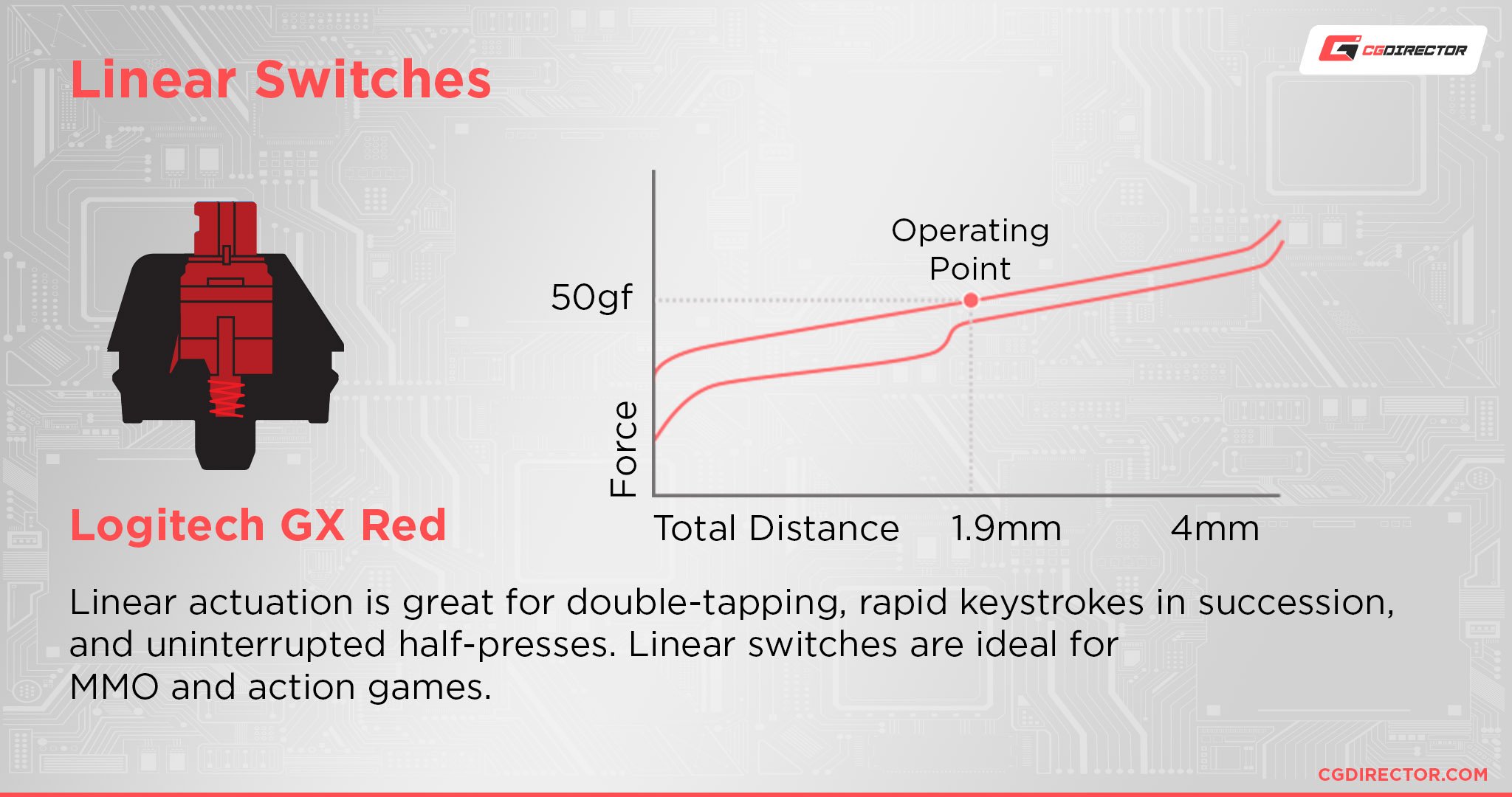
Source: Logitech G
There’s no tactile bump, no additional click to indicate when an actuation has been registered, and they also require the least amount of force in order to actuate (save for a few exceptions).
That’s why they’re so often referred to as fast — they actuate the quickest once pressed.
They do vary in their characteristics, though. Some linear switches still offer a stellar typing experience because of their well-balanced nature. Others, however, are so easy to actuate they’re basically only good for competitive gaming and little else.
Then again, it’s all very subjective.
Moreover, linear switches tend to have a shorter travel distance which only further adds to their “speedy” character.
They’re amazing for gaming, great for typing (regular ones, at least, like Cherry MX Reds or Gateron Yellows), and won’t do a number on your (or anyone else’s) eardrums.
One thing to keep in mind, though, is that linear switches come in many different flavors. Some, like Cherry MX Speed Silvers, require an astoundingly small amount of force in order to actuate.
Others, like Cherry MX Blacks, are the opposite — they might be linear but easy to type on they certainly are not.
So, as always, make sure to read the fine print before making any kind of purchasing decision.
Tactile Mechanical Switches — Best Option All-Around
You really can’t go wrong with a tactile mechanical switch. They’re amazing for typing and regular day-to-day use but also pretty darn good for gaming, too (but arguably not the best).
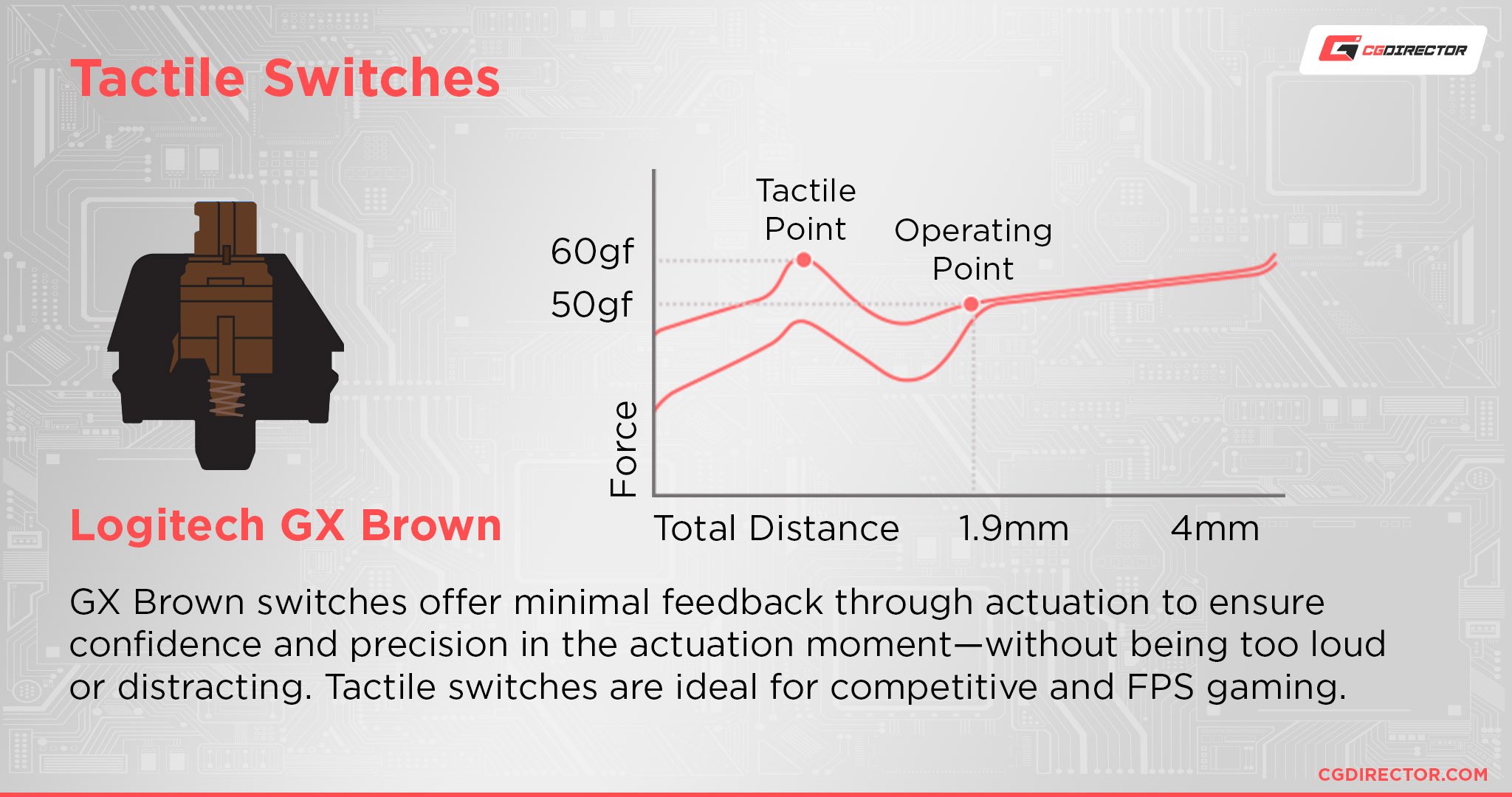
Source: Logitech G
They don’t have any inherent drawbacks or flaws. They don’t actuate as fast as linear switches and their sound profile is quite pleasing as well.
They’re the best, most well-rounded option. They’re also the only switch type you’re guaranteed to like, no matter your profession or use-case.
So, what makes a tactile switch stand out?
Tactile switches combine the best of both worlds: they’re not as fast as linear ones but are still fast enough (they require a moderate amount of force in order to actuate when depressed), they have a physical tactile bump (most often located near the actuation point), and most often have a well balanced sound profile (i.e. they’re not particularly loud no matter your typing speed).
That’s what makes them “beginner friendly.” They’re great for all sorts of use-cases and are the perfect switch to start off with.
Clicky Mechanical Switches — Loud and (Potentially) Obnoxious
Clicky mechanical switches, for a small(ish) group of people, are an absolute blessing.
For most, however, they’re just not a good enough option because of the way they sound when actuated.
They come with both a tactile bump and an audible click which makes them the loudest option on the market.
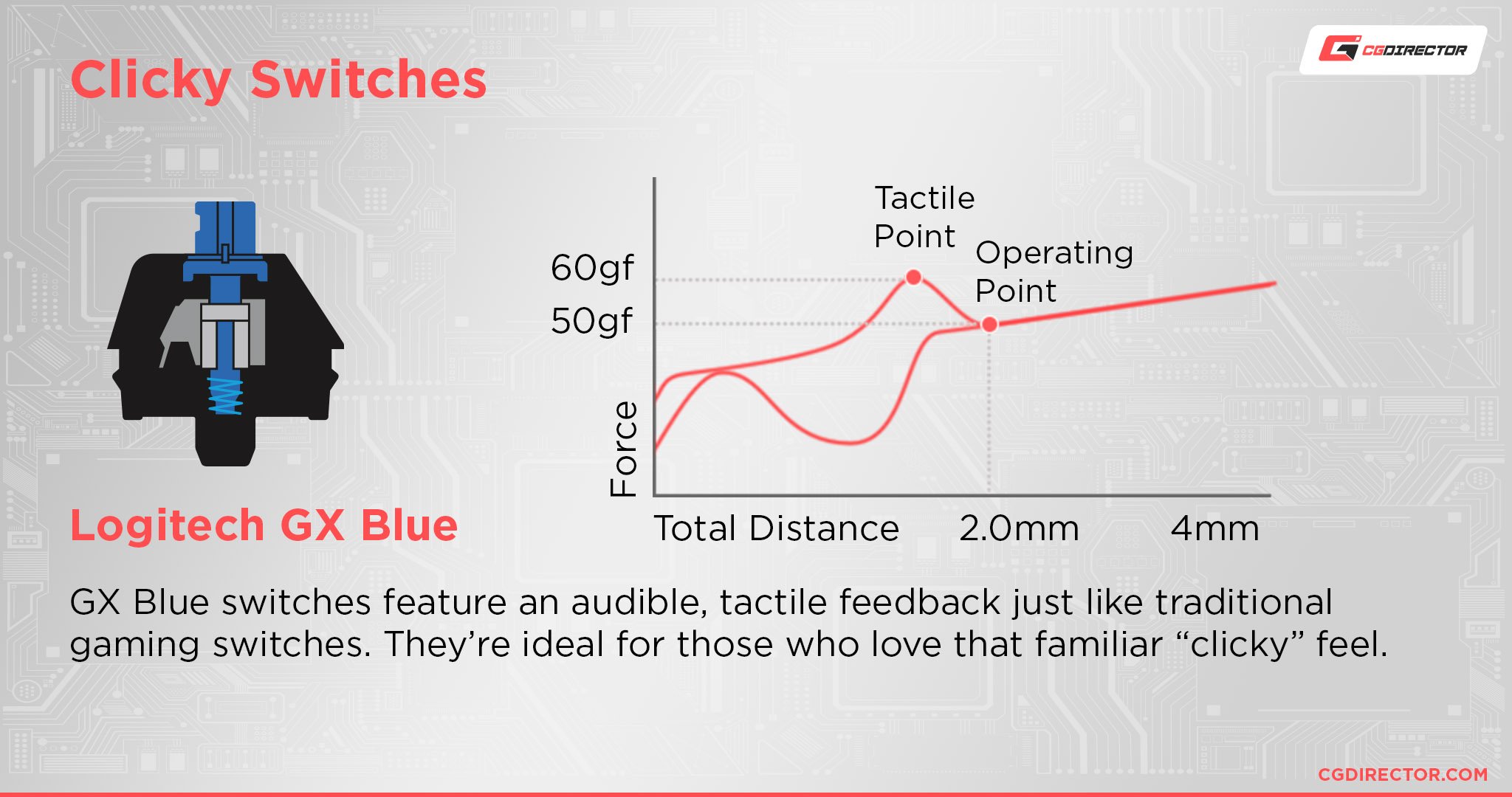
Source: Logitech G
They’re easy to type on and quite enjoyable in general, but if you type fast or tend to bottom out, their clicky nature will soon turn from a boon to an absolute audible hindrance — and a most debilitating one at that.
They’re generally considered great for heavy typists but that also depends on the speed at which one types and the duration of a said typing session.
They’re stellar for short bursts and whatnot, but if you’re going to be typing for hours on end then their clicky nature might end up becoming a problem a lot sooner than you’d think.
As a result, they’re nowhere near as popular as linear and tactical switches which, in turn, means that you won’t have as many options to choose from. They’re not bad by any stretch of the imagination but are nonetheless a more niche option reserved only for a “select few.”
Still, you shouldn’t write them off immediately as they, too, have their own unique allure. So, just to be sure, head over to your local IT/hardware shop and see if they have such a keyboard on display for you to test out.
Are Mechanical Keyboard Switches Important?
They absolutely are, but they’re nonetheless just a single component of a much broader “equation.” The type switch matters most in regards to the way it’ll feel and perform.
Its sound profile, however — along with a myriad of other factors and characteristics — will vary depending on the case in which it is housed, the materials from which it and all of its internals are made of, whether any mods have been performed, and a myriad of other factors as well.
A mechanical keyboard is comprised of many different elements, much like a desktop PC or laptop.
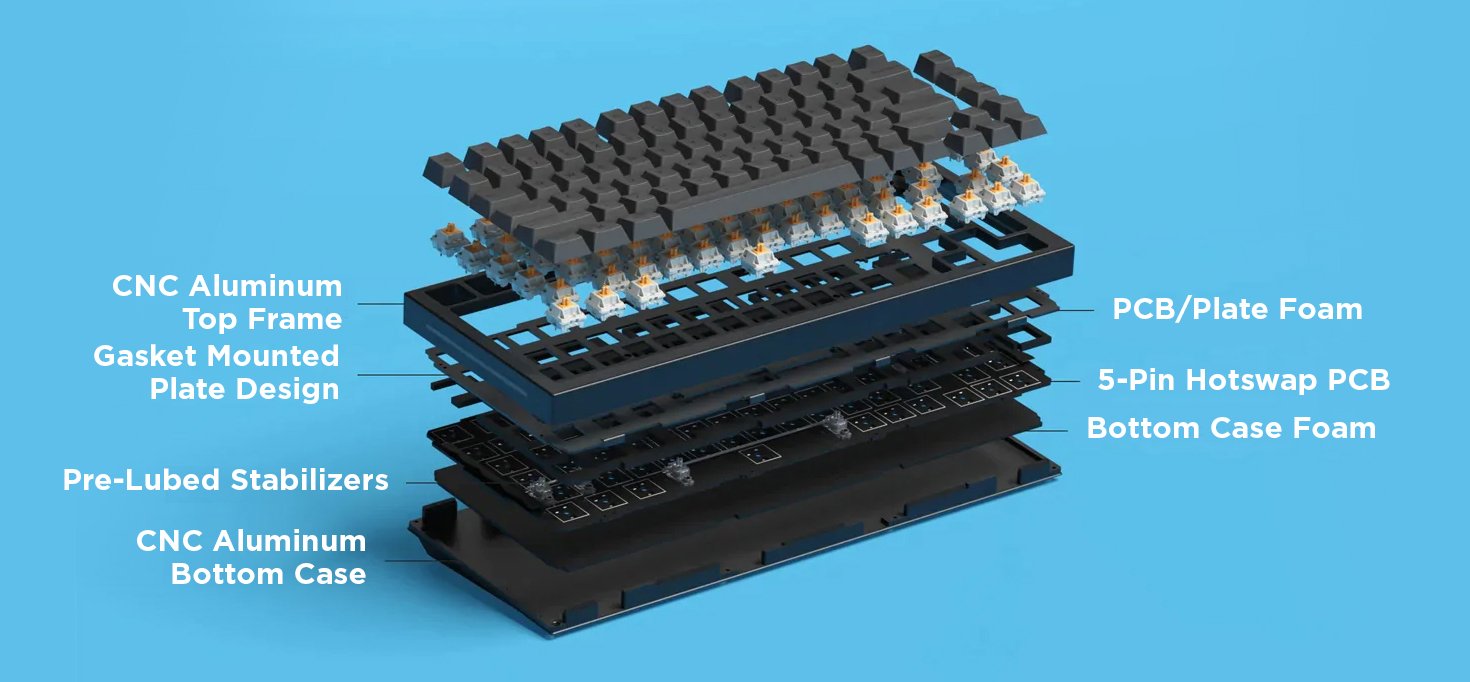
Image Credit: Glorious Gaming
If you change just one of these elements the whole keyboard will sound and feel different, which, in part, is why they’re so alluring — it’s a seemingly endless playground, one that can entertain you for months on end.
There’s always something new one can add which makes it a wholly entertaining hobby. Plus, you’re typing on the thing for the vast majority of your waking life so you’ll feel these adjustments the very moment they are made — it’s a tactile, sensory experience.
So, to summarize, the type of switch you end up going with is incredibly important, but it’s not the only thing that matters.
There’s so much more for one to master and understand; these are all hugely important factors that end up making a world of difference.
Can I Swap Out My Mechanical Keyboard Switches?
You absolutely can — assuming you end up buying a keyboard with a hot-swappable PCB. That’s the most important thing and, well, it’s a wholly advisable route, too!
With a hot-swappable PCB, you’ll be able to swap out each and every single switch and tweak and tune everything to your liking!
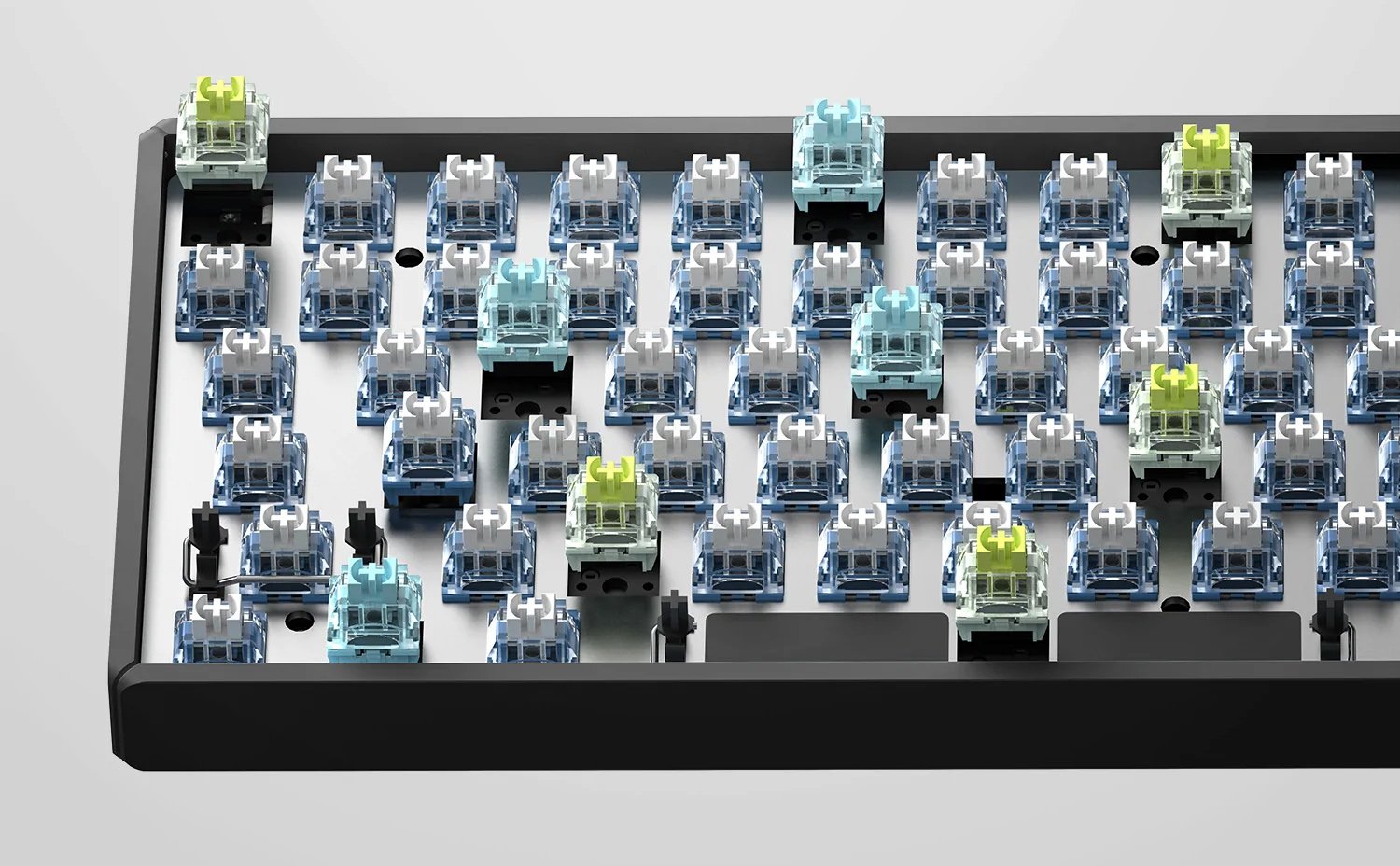
Image Credit: IQUNIX
You might want linear switches right now, but that might change further down the road. Maybe you’ll realize those tactile ones are a better fit for your needs and preferences or, perhaps, you’ll just get bored and will want to experience something a bit different.
That’s the thing: a hot-swappable PCB will give you the freedom of choice which, in essence, is what mechanical keyboards are all about!
Which Mechanical Keyboard Switch Is Right For Me?
That’s a very hard question to answer.
Clicky ones are the most enjoyable for typing but only to a certain extent. They’re often way too loud and if you’re a fast typist and tend to “bottom out,” you’ll start questioning your purchase within months if not weeks.
Most folks tend to prefer linear switches for gaming and tactile ones for typing. That, however, is no rule as we’re all different and tend to gravitate toward different things.
And so the most sensible thing you can do is stroll down to your local IT/hardware shop and test out each and every single mechanical keyboard it has on display. That’s not going to be that great of a sample size, but it sure is better than nothing.
Adjectives and superlatives and drawn-out explanations are one thing; trying it all out in person is still the best and most practical way of navigating the market and making an intelligent purchasing decision.
Watching online videos and sound tests is also a great starting point, but that, too, can be deceiving, as the following video so precisely illustrates:
Just because a keyboard sounds or looks great on video doesn’t mean you’ll enjoy it equally as much once you start using it.
FAQ
Let’s go over a few potential questions you might have regarding this particular topic:
Which Mechanical Switches Are Best for Gaming?
For gaming, you’ll want a switch that’s fast, linear, and as smooth as butter.
Cherry MX Speed Silver switches and regular red ones (like Cherry MX Red or Gateron Red) stand out in this regard. That being said, they are by no means the only viable options.
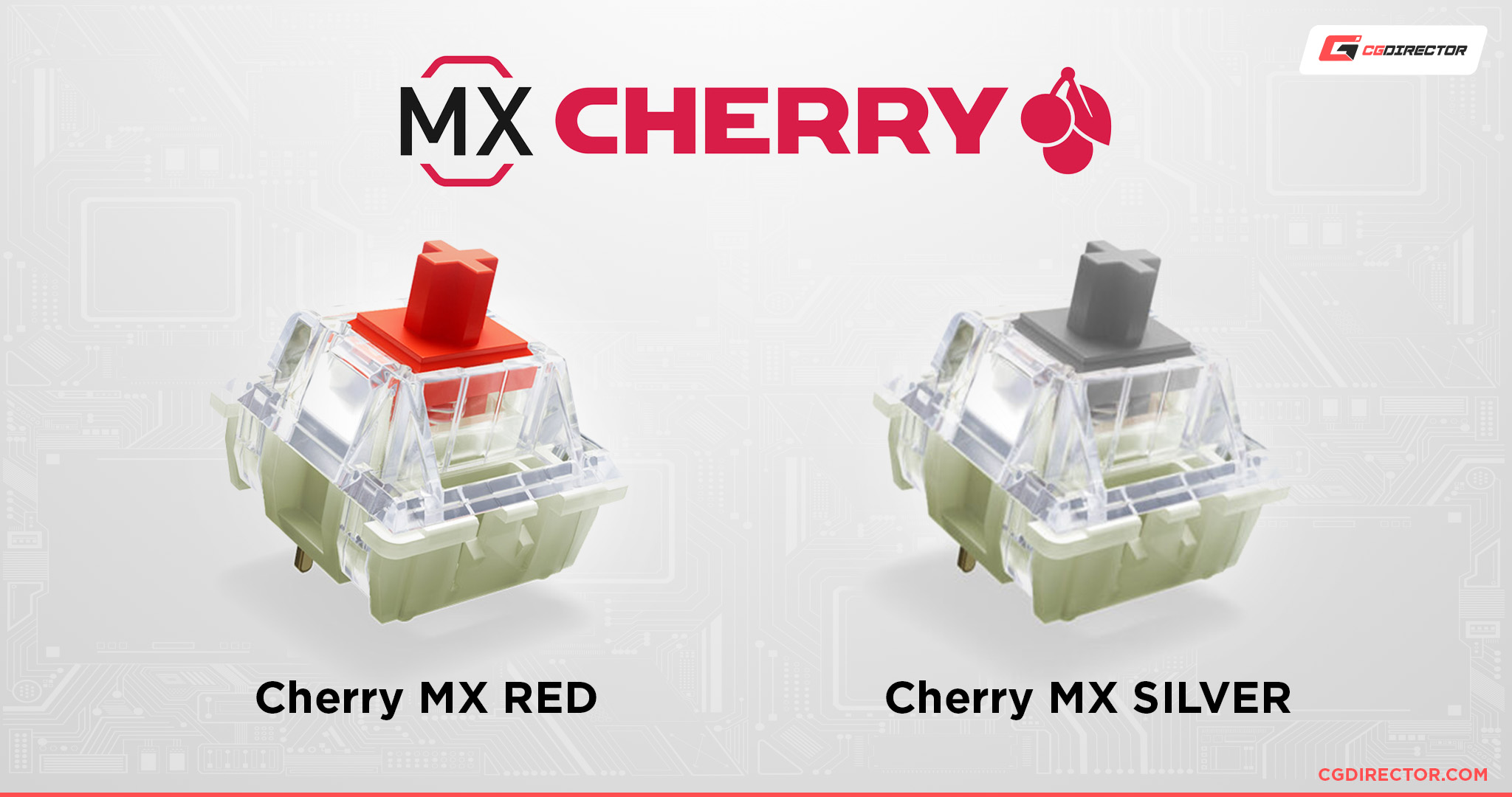
Scour the web and see what’s out there, and then make the call according to your needs and overall budget.
Which Mechanical Switches Are Best for Typing?
All three switch types are great for typing, but they do offer a noticeably different typing experience.
Linear ones are the most silent and the fastest to actuate. Tactile ones feel great and are sort of the perfect middle ground. Clicky switches are loud and most often obnoxious but are, for some, the best possible option.
So, make sure to test out as many keyboards as you can before making any kind of purchasing decision.
Just keep in mind that buying a “gaming-grade” mechanical keyboard might not be the best possible route if you plan on typing a lot as its switches are going to actuate a lot sooner than you’d like — they can often be a bit too fast and are nowhere near as forgiving when it comes to typing errors and whatnot (which, naturally, should come as no surprise); their primary purpose is to give you an edge in those long, drawn-out gaming sessions, not help you write your first novel.
What’s the Best Mechanical Keyboard Switch?
There’s no definitive answer — we all have different needs and preferences.
What might be a subpar switch or switch type to one person may well be considered the absolute zenith by another.
It all comes down to experience, too; as you experience more and more switches your tastes and opinions will naturally change and evolve.
This might seem like a vague, cop-out answer, but it’s the truth — you’ll just have to experiment and test out as many switches as you possibly can in order to form your own opinion on this matter.
Some of the most popular switches (and most revered) are those from Cherry, but Gateron Blacks, Yellows, Holy Pandas, and many others also stand out as community favorites.
From a popularity standpoint, Cherry MX ones are the most ubiquitous and, according to some, the most high quality, although that, too, can be argued and debated about.
Over to You
The rise and popularity of mechanical keyboards should hardly come as a surprise — they’re absolutely incredible peripherals that are worth their weight in gold. It all starts off with choosing the right switch type, though.
Which one do you prefer? Let us know in the comment section down below and, in case you need any help, head over to our forum and ask away!
![Linear vs. Tactile vs. Clicky Mechanical Keyboard Switches [There’s One That Suits You Best] Linear vs. Tactile vs. Clicky Mechanical Keyboard Switches [There’s One That Suits You Best]](https://www.cgdirector.com/wp-content/uploads/media/2023/01/Linear-vs.-Tactile-vs.-Clicky-Switches-Which-One-Suits-You-Best-Twitter-1200x675.jpg)
![Best Keyboards for Video Editing [2024 Update] Best Keyboards for Video Editing [2024 Update]](https://www.cgdirector.com/wp-content/uploads/media/2023/02/Best-Keyboards-for-Video-Editing-Twitter-594x335.jpg)
![Guide to Mechanical Keyboards [Everything you need to know] Guide to Mechanical Keyboards [Everything you need to know]](https://www.cgdirector.com/wp-content/uploads/media/2022/11/What-to-Look-For-in-a-Mechanical-Keyboard-Overview-Buying-Guide-Twitter-594x335.jpg)
![Mechanical vs Membrane Keyboards [A Clear Winner?] Mechanical vs Membrane Keyboards [A Clear Winner?]](https://www.cgdirector.com/wp-content/uploads/media/2022/10/Mechanical-vs-Membrane-Keyboards-Twitter-594x335.jpg)
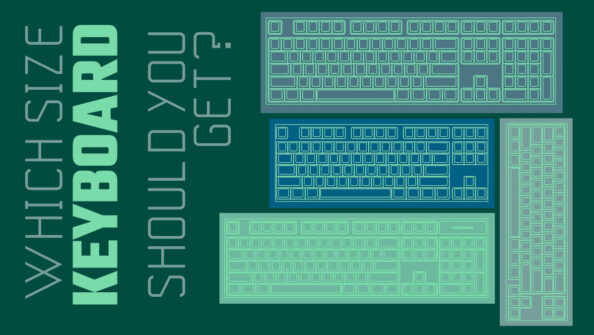

0 Comments